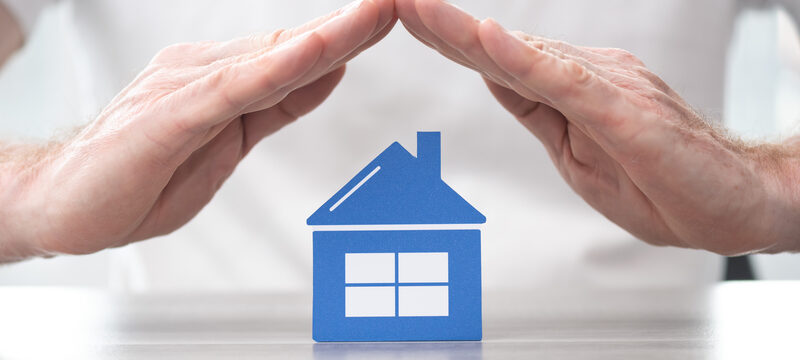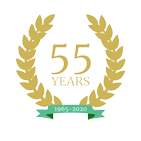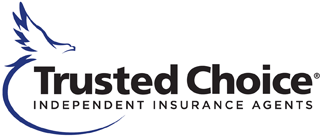Home insurance is an essential aspect of homeownership, providing financial protection against unexpected damages and liabilities. However, certain features within your home can increase the risk of accidents or damage, leading to higher insurance premiums. Here are three features that can make your home riskier to insure.
Old Utility Infrastructure
Old utility infrastructure, such as outdated plumbing, electrical systems, and HVAC units, can significantly increase the risk of accidents or damage in your home. These outdated systems are more prone to failures, leaks, or fires, resulting in costly claims for your insurance provider. To minimize these risks, schedule regular inspections by licensed professionals to assess the condition of your utility systems. Upgrade or replace outdated systems, such as galvanized pipes or knob-and-tube wiring, with modern, safer alternatives. Maintain your HVAC system by changing filters, cleaning ducts, and scheduling routine maintenance.
Pools
Pools can be a wonderful addition to your home but also increase the risk of accidents and liabilities. To minimize these risks and ensure your pool is as safe as possible, install a fence or barrier around the pool area to prevent unauthorized access, especially for young children and pets. By installing handrails, you can make your pool more accessible and safe. Regularly check and maintain pool equipment, such as pumps, filters, and drains, to prevent malfunctions that could lead to injury or damage. Consider adding a pool alarm or security system to alert you of any unauthorized access or potential hazards.
Tree Houses
Tree houses can be a fun and imaginative addition to your property, but they also pose risks to both your family and your insurance coverage. To reduce the risks associated with tree houses, ensure the tree house is securely built and maintained by a professional or an experienced individual. Use sturdy, weather-resistant materials and check for signs of wear or damage regularly. Install safety features such as railings, non-slip surfaces, and secure access points, like ladders or stairs. Make sure the tree supporting the tree house is healthy, stable, and regularly inspected by a professional arborist.
While certain home features like old utility infrastructure, pools, and tree houses can make your home more challenging to insure, taking proactive steps to minimize risks can help you maintain a safe living environment and potentially reduce your insurance premiums. Regular inspections, maintenance, and safety upgrades can go a long way in protecting your home and family while keeping your insurance costs manageable. Always consult with your insurance provider to understand the specific requirements and coverage options for your unique situation.
Get in touch with us to ensure you’re protecting your property including all it’s unique risks.
LEGAL DISCLAIMER
Views expressed here do not constitute legal advice. The information contained herein is for general guidance of matter only and not for the purpose of providing legal advice. Discussion of insurance policy language is descriptive only. Every policy has different policy language. Coverage afforded under any insurance policy issued is subject to individual policy terms and conditions. Please refer to your policy for the actual language.




